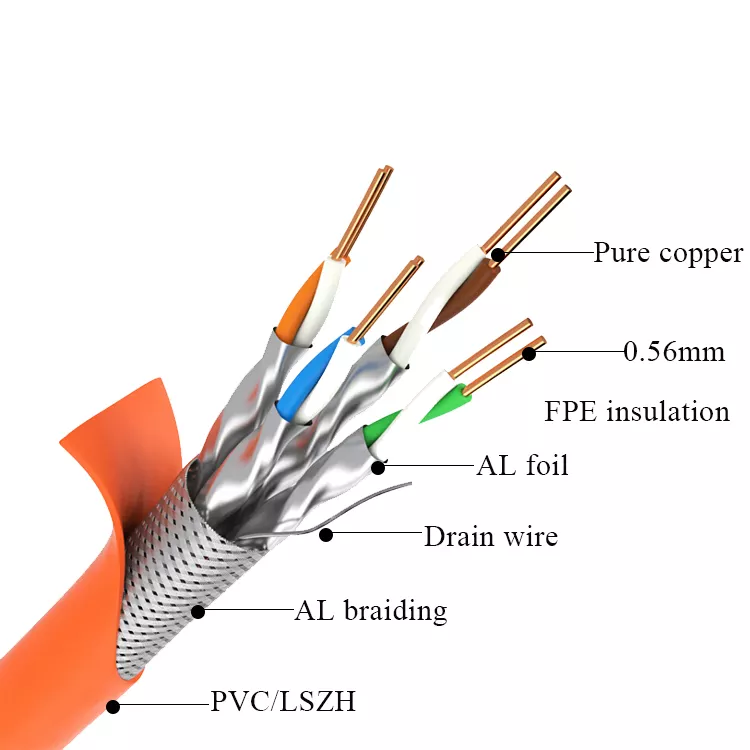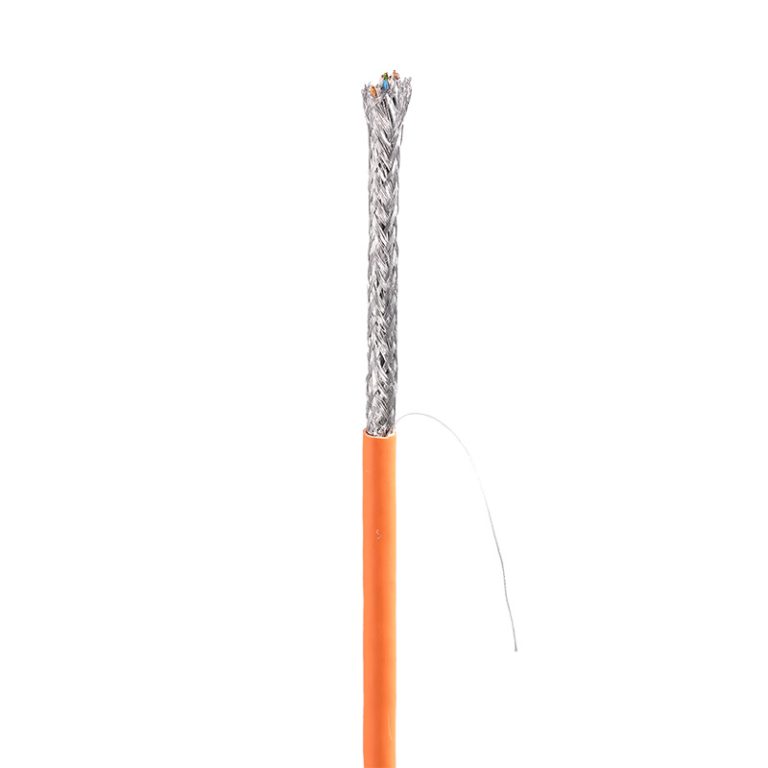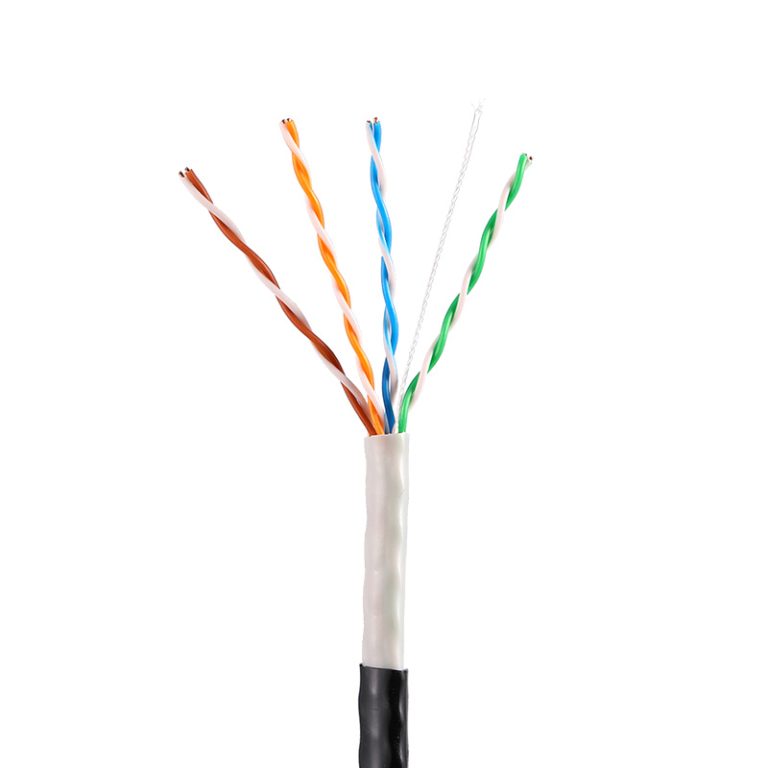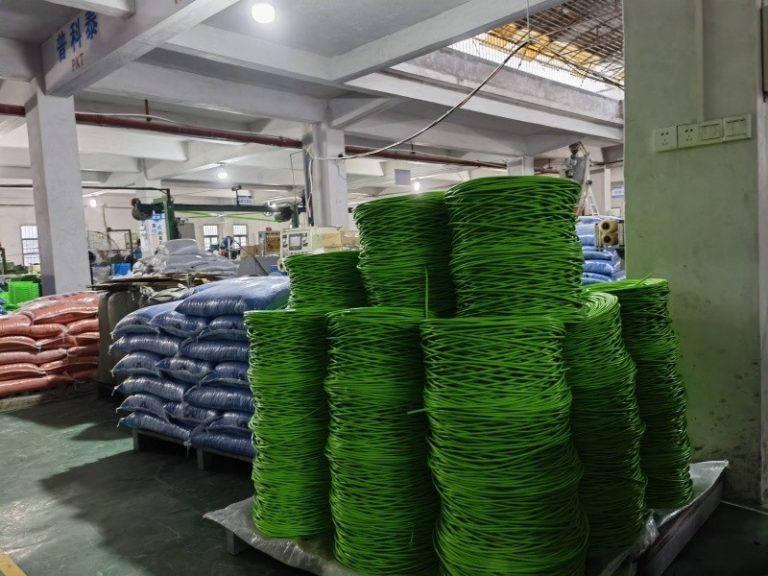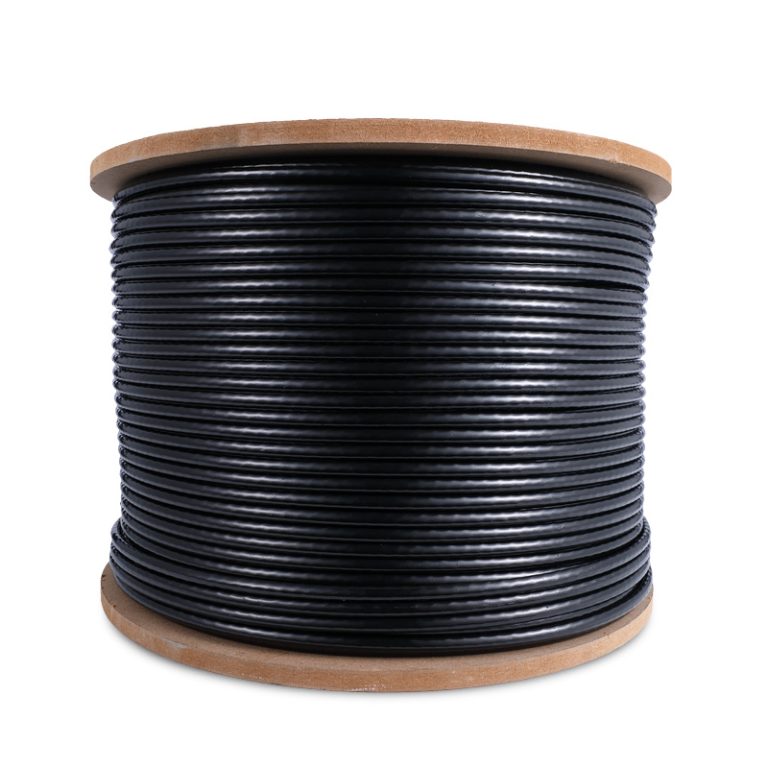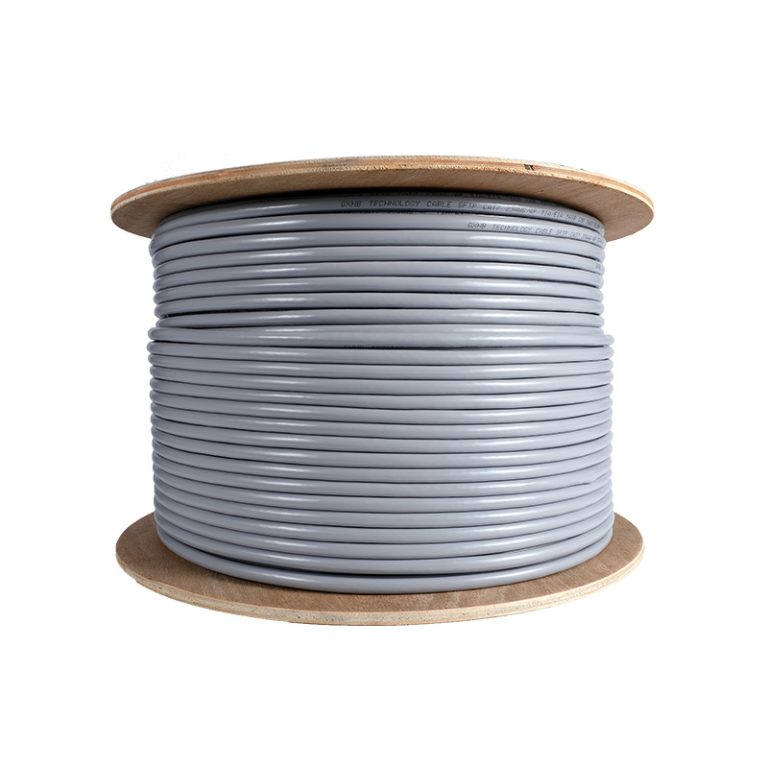crossover cable ethernet,Cheap Cat6 cable Wholesaler

Understanding Crossover Cable Ethernet: How It Works and When to Use It
Crossover cables are a crucial component in networking, facilitating direct connections between similar devices without the need for additional hardware like routers or switches. Understanding their functionality and knowing when to use them is essential for anyone working with computer networks. In this article, we’ll delve into the intricacies of crossover cable Ethernet, exploring how it works and the scenarios where it’s most beneficial.
At its core, a crossover cable is designed to connect two devices of the same type, such as two computers, two switches, or two routers, without the need for an intermediary device. Unlike standard Ethernet cables, which connect devices of different types, crossover cables feature a unique wiring configuration that allows for direct communication between similar devices.
The primary difference between a crossover cable and a standard Ethernet cable lies in the arrangement of the wires within the cable. In a standard Ethernet cable, the wires follow a specific pattern known as the TIA/EIA-568-B wiring scheme. However, in a crossover cable, the positions of the transmit and receive wire pairs are reversed, enabling direct communication between two devices.
When connecting two devices of the same type using a crossover cable, each device can transmit data on one pair of wires while receiving data on the other pair simultaneously. This simultaneous transmission and reception allow for efficient peer-to-peer communication, making crossover cables ideal for scenarios where direct device-to-device connections are necessary.
One common use case for crossover cables is in setting up ad-hoc networks between computers. When connecting two computers directly to share files or resources, a crossover cable eliminates the need for a router or switch, streamlining the connection process and reducing complexity. This can be particularly useful in situations where a temporary or impromptu network needs to be established quickly.
Additionally, crossover cables are often used in scenarios where connecting network devices for configuration or troubleshooting purposes is required. For example, when configuring network switches or routers, a crossover cable can be used to establish a direct connection between the devices, allowing for seamless access to their configuration interfaces without the need for additional networking equipment.

| Number | Name |
| 1 | network cable |
It’s worth noting that while crossover cables are essential for connecting similar devices directly, they are not typically used in modern network setups where switches and routers are prevalent. In traditional Ethernet networks, switches automatically detect and correct for the wiring differences between devices, negating the need for crossover cables in most cases.
However, despite their declining use in standard network configurations, crossover cables remain a valuable tool in certain situations where direct device-to-device connections are required. Whether setting up ad-hoc networks between computers or configuring network devices in a lab environment, understanding the role of crossover cables is essential for network administrators and technicians alike.
In conclusion, crossover cables play a crucial role in facilitating direct communication between similar network devices. By reversing the transmit and receive wire pairs, these cables enable peer-to-peer connections without the need for additional networking hardware. While their use may be less common in modern network setups, crossover cables remain a valuable tool in specific scenarios where direct device-to-device connections are necessary.

